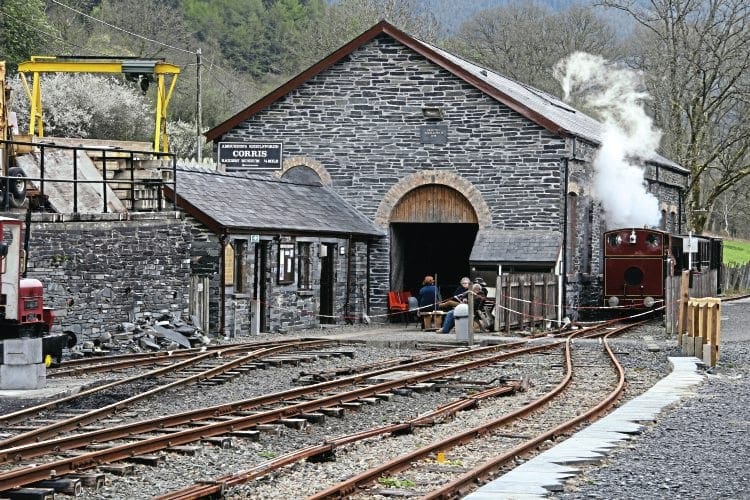In the latest instalment of our periodic Lazarus Lines features Cliff Thomas describes the resurrection the Corris Railway, previously owned by the GWR and Nationalised in 1948.
THREE Welsh narrow gauge lines (all different gauges) passed through Great Western Railway ownership to become part of British Railways in 1948.

The Vale of Rheidol Railway never closed and was privatised in 1989, while the Welshpool & Llanfair Light Railway closed in 1956 (already being a freight-only line) and reopened as a preservation project in 1963.
Both have subsequently flourished.
Monthly Subscription: Enjoy more Railway Magazine reading each month with free delivery to you door, and access to over 100 years in the archive, all for just £5.35 per month.
Click here to subscribe & save
The oldest of the trio, the Corris Railway, lost its passenger services in 1930 but continued to carry slate until closure of its main line (the Aberllefenni to Ratgoed branch remaining used until 1952) on August 20, 1948. Dismantling did not mean forgotten and from small acorns a revival project emerged to prepare the ground for expansion.
Horses to steam
The Corris, Machynlleth & River Dovey Tramroad opened in 1859. Horse-worked, the tramway carried slate from quarries around Corris Uchaf and Aberllefenni to quays at Derwenlas and Morben on the Afon Dyfi (River Dovey) for loading onto ships. The 1863 arrival of the standard gauge at Machynlleth spelt the end for water transport, the tramway west of Machynlleth being abandoned and the narrow gauge line becoming simply the Corris Railway.
Following the line’s acquisition by Imperial Tramways Ltd in 1878, iron rails were replaced with steel and three steam locomotives ordered together with 10 four-wheel passenger carriages.
The latter did not mark the start of passenger carrying, rather it regularised a situation which had unofficially existed since the 1860s – passenger traffic had already grown to 22,000 a year with people riding in adapted wagons! Ironically, formalising things led to objections from a quarry owner, fearing his slate trains would be affected, a dispute not resolved until 1883, by which time some of the sharper curves had been realigned and passenger services officially approved.
The railway peaked in the 1890s recording annual totals of 80,000 passengers and 18,000 tonnes of slate. Decline set in as slate production reduced and passenger numbers fell during the First World War. Recovery in the 1920s proved only temporary and in 1930 the line was sold to the Great Western Railway.
Read more in the August issue of The RM – on sale now!




